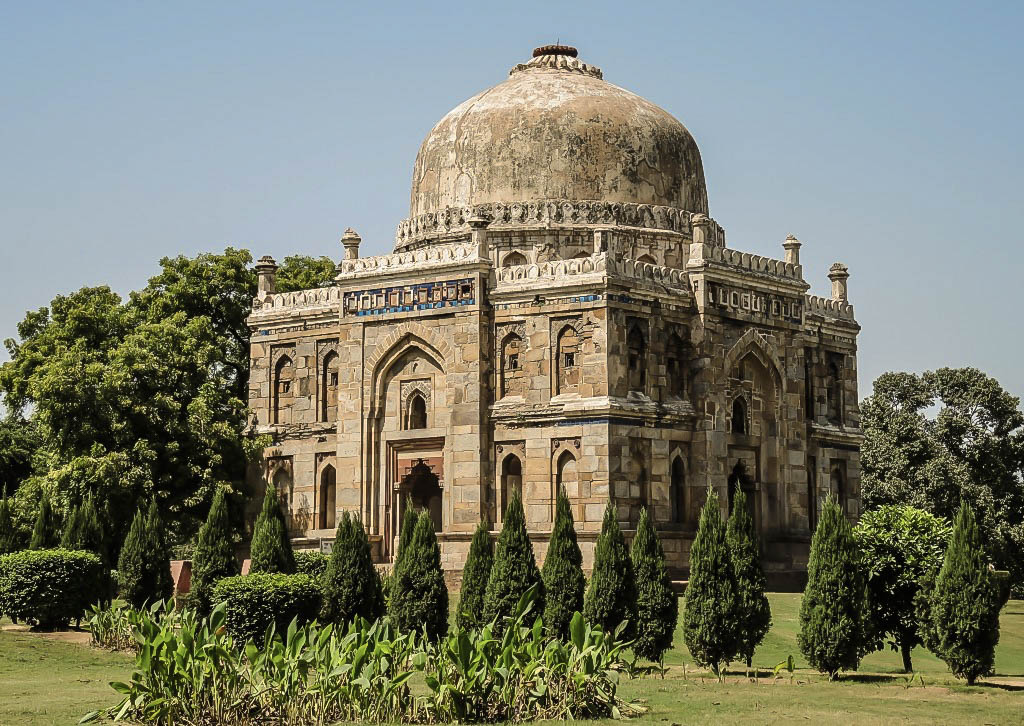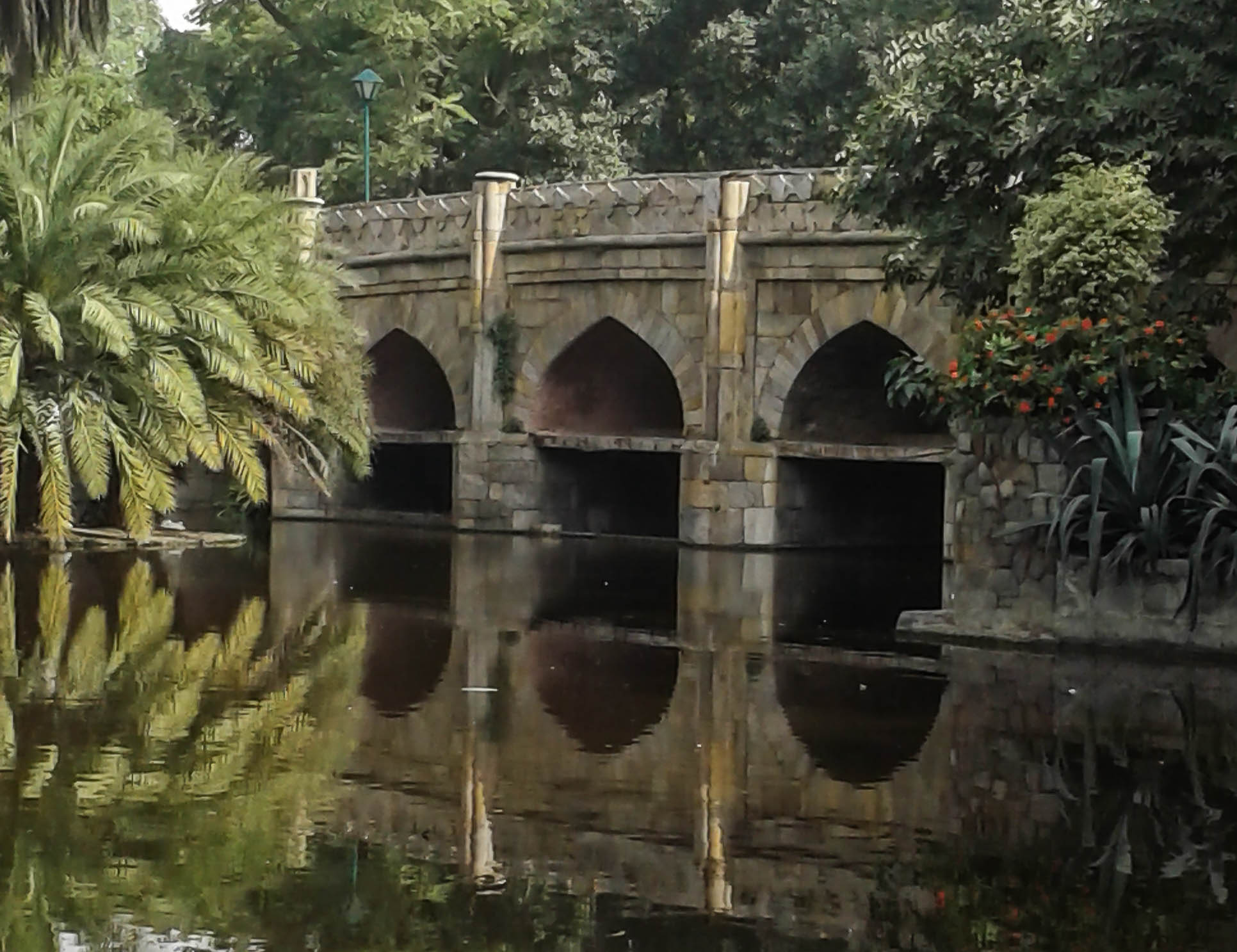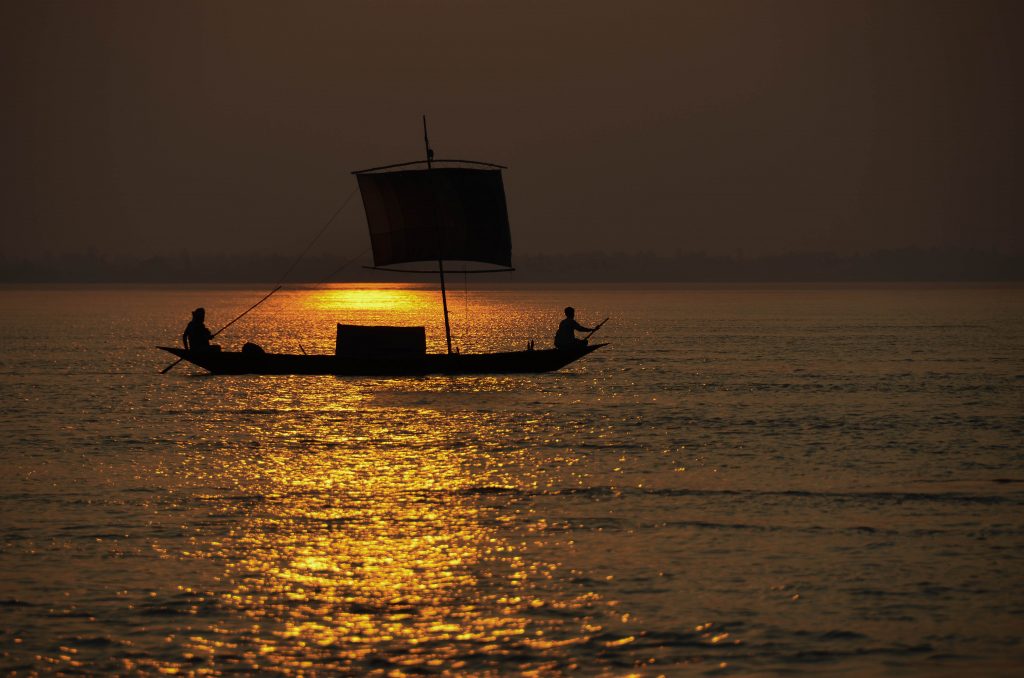Behind the Image: May 2023

Soon the snow will come, but recent rain has meant the streams of the Mt Buffalo plateau are running through a lush landscape.


Soon the snow will come, but recent rain has meant the streams of the Mt Buffalo plateau are running through a lush landscape.

There’s a phrase that I’m hearing with increasing regularity: inclusive community engagement. To be sure, the phrase doesn’t always use these exact words, but the phrase acts like an umbrella in practices related to community-led actions for sustainable landscapes. I hear practitioners talk about it and I hear travellers talk about it.
Like lot’s of ideas and broad umbrella concepts, it’s always good to take a step back to reflect on what the phrase means and how it can be used in different ways with different meanings. A beginning point is with the ‘revolution of ideas’ that has been occurring over the last 40 years or so.
There have been multiple drivers of this revolution. Perhaps one of the most significant has been a shift in understanding knowledge. Without going into detail, we have entered what social scientists call ‘post-modernity’. There are multiple characteristics, but for us the important characteristic relates to knowledge and experiences. We now recognise that there are multiple forms of knowledge and experience, not just that of science or technical management or the expert.
In turn, we’ve seen a shift in thinking about communities, community development and community resilience:
A shift in the role of expert knowledge. Technical knowledge is important, but it is seen as one way of looking at things.
A recognition that there are multiple ways of experiencing things. This means people experience things differently based on all kinds of characteristics – gender, age, ethnicity, education, health, income etc.
A movement to somehow, in some ways, trying to harness these 2 things in the quest for resolving issues, implementing change, developing and rolling out programmes and, ultimately, for community resilience.
Those three words ‘inclusive community engagement’ have been impacted by this revolution of ideas/thinking.
Inclusive has moved from:
Not being part of the language, to
An expert making decisions on behalf of people/groups, to
Experts recognising that some groups need to be consulted, to
Professionals recognising and understanding the nature of the diversity of people’s experiences, fears, dreams, aspirations and knowledge and ensuring that programmes, projects, interventions etc are representative of this so they are inclusive.
Community has moved from:
A geographic place name inhabited by people, to
A complex site of social, economic and political processes impacting on people and groups differently. It has its own dynamic, but there are socio-economic and political processes beyond the reach of the community that will and do impact.
Engagement has moved from:
Experts making decisions for people/groups, to
Experts consulting with people/groups, to
Different groups being brought together around the table, to
People collaborating and co-creating – mutually identifying issues, concerns and possible solutions.
Of course, social change is a messy thing, but one thing is certain – these changes have provided a space for having conversations with communities. I don’t mean this in a ‘let’s talk about things’ way that ignores the ways some voices get heard and others don’t or are marginalised. I mean it in a ‘Let’s get creative and look for transformative social change for sustainable communities and landscapes’ kind of way, where we all recognise our optimal ignorance and share experiences, insights and ideas to frame actions.
It’s this latter meaning that informs my ideas, practice and experience.

Everyone lives their lives with both civilisational and Civilisational markers. It’s what makes us human after all – the civilisational markers of values, culture and everyday life sit with the Civilisational markers of buildings and other material outputs of our lives. The thing about being a visitor or even a long-term outsider is that these markers come to represent very specific parts of an experience and an engagement. For me, these civilisational and Civilisational markers provide strong attachments to place and the country.
Seeing the 15th century tomb of Mohammad Shah Syad through the fog of a winter’s morning in Lodhi Gardens in Delhi is a sight I’ve seen many times over the years. There is something special about it, at least to my mind (and, I guess, through that, my experience of Delhi).
 It represents some of the great things about Delhi – its gardens and green spaces, the fact that you have these monumental sites all over the place and they are ‘just there’, and you can see the changing nature of Delhi, and through these eyes, perhaps start to see the changing nature of India. The middle-classes walk, the homeless move on, the Delhiites read papers or do yoga or exercise in this most public of places. And you can’t forget the dogs, with their warm overcoats to keep the cold at bay (more comfortable than the homeless who inhabit the Gardens during the night but without the luxury of overcoats) – so many dogs being led by dog walkers, by servants and by owners.
It represents some of the great things about Delhi – its gardens and green spaces, the fact that you have these monumental sites all over the place and they are ‘just there’, and you can see the changing nature of Delhi, and through these eyes, perhaps start to see the changing nature of India. The middle-classes walk, the homeless move on, the Delhiites read papers or do yoga or exercise in this most public of places. And you can’t forget the dogs, with their warm overcoats to keep the cold at bay (more comfortable than the homeless who inhabit the Gardens during the night but without the luxury of overcoats) – so many dogs being led by dog walkers, by servants and by owners.
Was it really that long ago that I was playing football on the lawns of Lodhi Gardens with our son and daughter, then probably about ten and seven?
My India stories are a bit like that – threads of timelessness and threads of change, coming together at these kinds of locations, and coming together through these inhabitants of the city – those who live, survive, work and those who try to and hope to.
These threads of continuity and change, Civilisational and civilisational markers, are seen in the Lodhi area – they unfold as you walk around the gardens and then in the area beyond – beyond to Safdarjung’s tomb (built in 1754), to the India Habitat Centre (conceived in 1993) via Jor Bagh to the India International Centre (completed in 1962) and Khan Market (from the 1950s).
One of the constants of Lodhi Gardens is of course people living their everyday lives. Here, at weekends, can be found picnickers, sometimes with only a rug and a tiffin box, often though extended families enjoying some winter sun (or summer shade), loaded up with rugs, soft drink, copious food in storage boxes and tiffin tins and, often enough, the radio or the CD player.
Each day the paths are walked and run on as various Delhiites and expats come to the place to get some exercise. Walking often consists of two people, talking and discussing whatever it is they discuss – friends, business, politics, the state of the world, the state of India, the state of Delhi, the state of whichever India Premier League cricket team. All are topics to be covered.
And of course, the active can be found in various cricket matches which are always happening, no matter what season. Young men and boys trying to hit the ball out of the park, or trying to bowl the ball at express speeds. India has a women’s cricket team but I’m not sure where they learn their craft – I’ve only ever seen boys and young men in parks and wherever there is spare ground – including various fallow fields in villages across the country, where invariably I would be part of yet another Australia/India cricket match. Over the years my main challenge has been remembering who the latest Australian cricketers are so I can become one of them.
 And then there are the groups who meet in the gardens – sometimes to discuss whatever is headlining in the newspapers, sometimes groups of women use the Gardens to discuss gender and develop their networks. Then there are the groups who are doing their yoga breathing, or having laughing therapy.
And then there are the groups who meet in the gardens – sometimes to discuss whatever is headlining in the newspapers, sometimes groups of women use the Gardens to discuss gender and develop their networks. Then there are the groups who are doing their yoga breathing, or having laughing therapy.
I remember, as Delhi’s pollution was getting progressively worse, people would research the air quality in Lodhi Gardens, on the basis that if it was bad here, it would be very bad elsewhere. Almost invariably, in winter, it was very bad – the green spaces couldn’t hide the fact that fog, diesel particulates, sand and dust come together in a very unhealthy mix across the capital (and throughout India unfortunately).
So many civilisational markers, sitting side-by-side Civilisational markers. Here in the gardens are the tomb of Mohammad Shah Syed, the third ruler of the Syed Delhi sultanate who came to power in the early fifteenth century, a mosque which is thought to have been constructed in the eighteenth century, the Baba Gumbad (a significant gateway to what is thought to be the Baba Gumbad mosque, found a little further away). Immediately to the north can be found the Seesh Gumbad, thought to be the tomb of the founder of the Lodhi dynasty of the fifteenth century. The tomb of Sikandar Lodhi who died in 1517, is also to be found here.
This joining of civilisational and Civilisational markers is not that unusual across India. The country has its fair share of cultural world heritage sites – 29 or so, spread across the country. This is in addition to seven natural sites and one mixed site.
The idea of world heritage is focused on global responsibility to support and protect the conservation of world heritage sites in a country. Importantly, the idea is saying that it’s not just for the country to look after things – if something is world heritage, it means there is a universal value and therefore a global responsibility for its protection. So the country protects its world heritage sites, its national sites and its local sites as Civilisational markers, but surrounding them are the everyday lives of Indians – the civilisational markers. It’s a difficult balancing act.

This image (above) is taken on the Brahmaputra River, on the Bangladesh/India border. These two fishers are going back to home on a Char (pronounced ‘chore’), a river island that gets formed by the power of the Brahmaputra depositing sediment and building islands. The river builds, but the river also takes away, and in floods chars are often eroded and/or destroyed. These fishers, and those living on chars have very precarious lives and livelihoods.
I was on a boat going to a char to visit one of the NGOs who work in the health field – who bring a hospital boat to chars to provide health care to those who live there. When I was there, an ophthalmologist was conducting surgery on cataracts to restore sight.
Every now and then when you’re in the field, you are privileged to see what happens as one of the ‘thousand little stories of resilience’ that occur with little fanfare or recognition. It was quite extraordinary to see the impact of the NGO and to hear stories from the chars and from the boat.
This image is part of one of those stories.